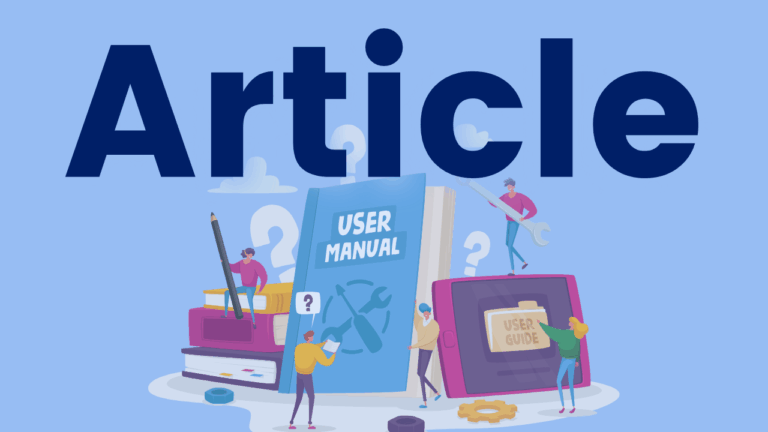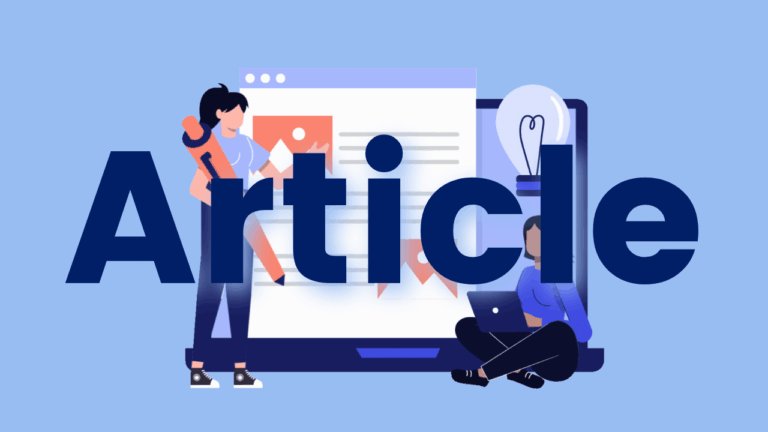Morphological Awareness: One Piece of the Literacy Pie
Morphological awareness is a skill that helps students read and spell. Teaching English morphemes, and building students’ awareness of morphemes in oral and written language, is key to supporting vocabulary, spelling, comprehension, and writing.




